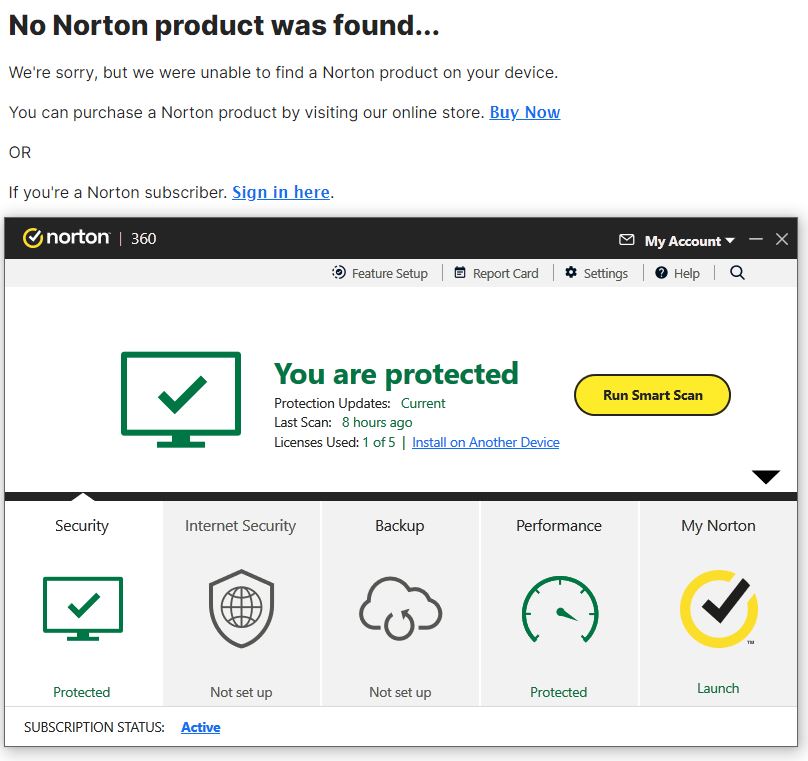Here it comes. In the surest sign that a new version of Windows 11 is headed for production Win11 allows March Beta escape. An explanation appears in this February 23 post to the Windows Insiders blog. Indeed, MS offers a limited-time-only “Off-ramp for Windows Insiders in the Beta Channel.”
What does this mean, in plainer English? If you opt in, you can leave the Beta Channel for Insider Preview. In fact, you’ll return to the production version of Windows as it settles down in the wake of the upcoming release.
If Win11 Allows March Beta Escape, Why Do It?
It’s the easiest way to unenroll from the Beta program, and go back to a production version of Windows. Works equally well for physical PCs and VMs. I’ll summarize the basic elements of the “escape” (read the announcement for all details):
- The off-ramp started January 23. It’s open through March 8.
- Offer applies only to those running Build 22621.1325 or 22623.1325 (older Beta Channel builds are not eligible; I assume this means newer minor builds will also qualify — the announcement does not specifically spell this out).
- While the offer is open, a troubleshooter handles the unenrolling process, which requires a reboot to change status from Beta to production. Once unenrolled, the PC no longer gets Beta builds.
- When the troubleshooter finishes, the “in-place upgrade with the March 2023 “B” release (the next Patch Tuesday)” is installed. This puts it into the then-current release for Windows 11 22H2.
Why I Like This Off-Ramp News…
It tells us that a new version of Windows 11 22H2 is headed our way. It’s always nice to know for sure. I’m looking forward to it. Thanks, Microsoft!
Here’s a shout-out to John Callaham at Neowin.net. His story there alerted me this morning to yesterday’s announcement. Thanks!



















